IDA. Oscar-Winning Mini-masterpiece from Poland
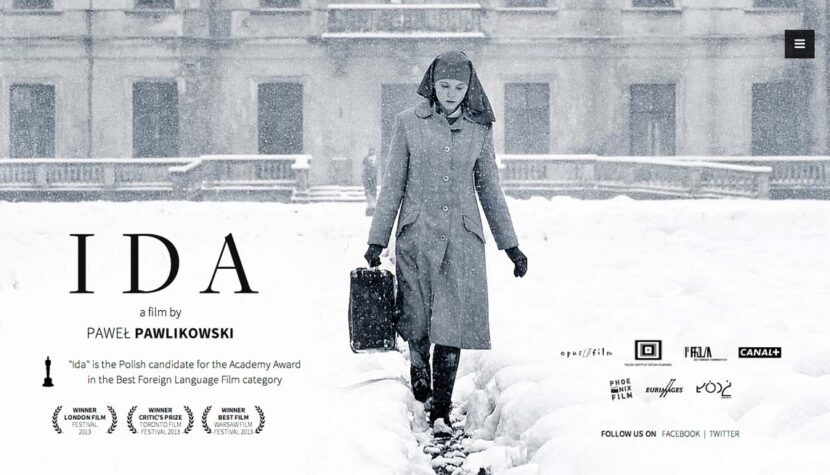
During the screening, you might feel as if you’re watching an old Polish film, but in high quality (the formal allusions of this film to old movies have been discussed in numerous reviews).
The action and form of Ida take us back in time: the story unfolds in 1960s Poland, depicted through black-and-white photography, long and slow shots, and meticulously planned frames, further enhanced by music from the mentioned era. The content and form harmonize with each other. It reminds me of Reverse, where black-and-white photos transported us to 1950s Warsaw. Although in Ida, the atmosphere and pace are different than in Lankosz’s film.
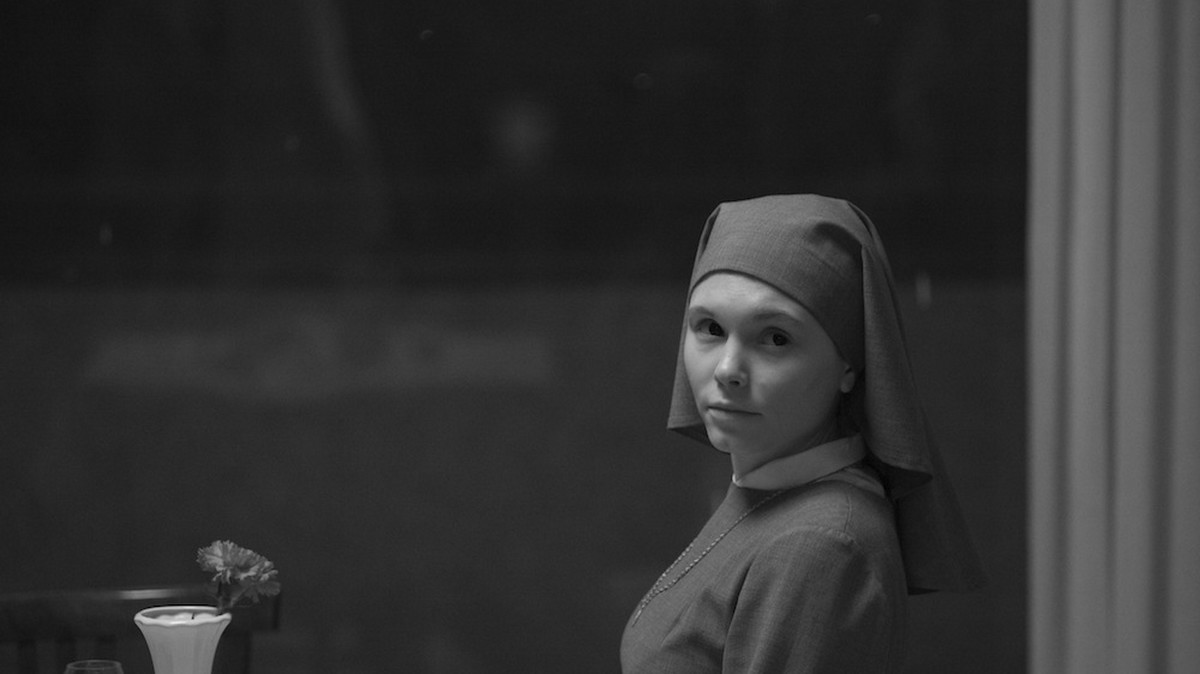
Sister Anna, a future nun just before taking her vows, is sent by the convent to visit her family: she travels to her only relative, Aunt Wanda Gruz (a symbolic name). Quiet, calm, and unaware of the world outside the convent, Anna meets her mother’s sister, Wanda, who was once a prosecutor. Her aunt bluntly tells her that she comes from a Jewish family, her name is Ida (also significant), and her parents died during the war. Anna-Ida will learn why her aunt didn’t adopt her and will want to visit her parents’ grave. Initially reluctant and cold towards her niece, Wanda begins to look at her with fascination and proposes a journey to their family’s pre-war home to fulfill Ida’s wish. This “odd couple” – as one of the characters calls them – will get to know each other and confront the family’s wartime history during their visit to their hometown. The journey is a test for Ida to hear and understand her desires, while for Wanda Gruz, “returning to the past” will be a review and summary of her life experiences.
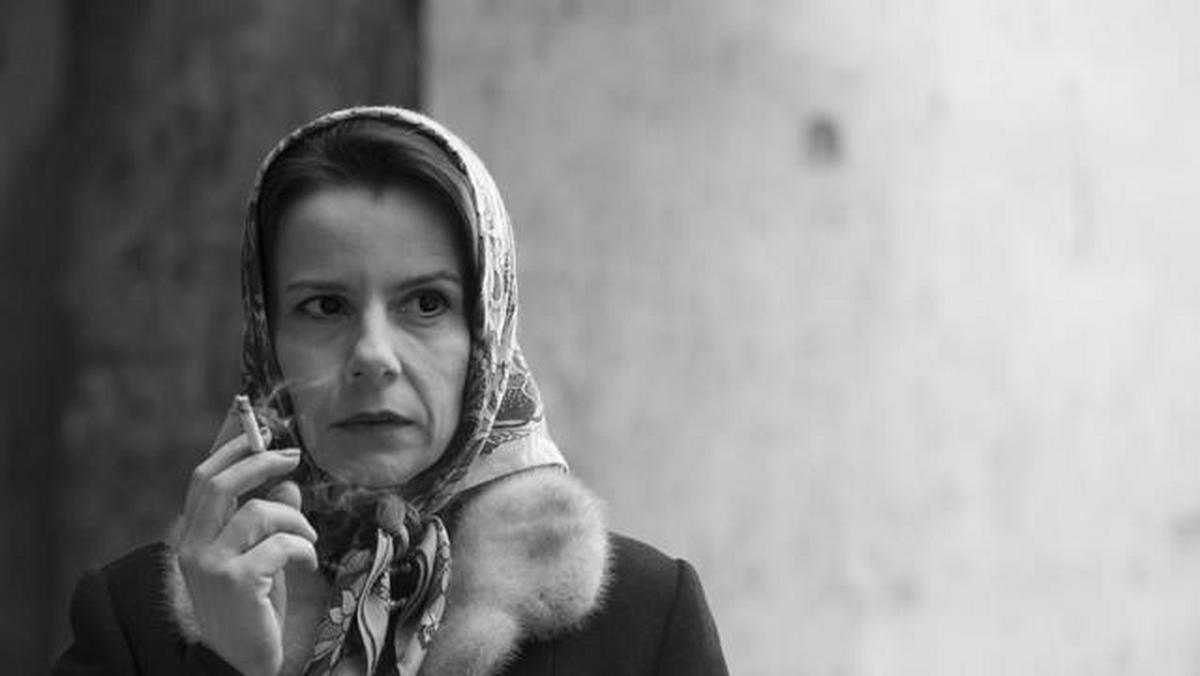
The modest, quiet Ida with a slightly frightened and amazed look, along with the defiant, ironic, sarcastic, drinking, and smoking aunt, form an explosive mix. On one side, there is the young orphaned nun isolated from the world, finding solace and meaning in faith. On the other side is Wanda Gruz, skeptical of Ida’s faith and vocation, painfully marked by the war, involved in shaping the post-war world in a Stalinist manner, a tough prosecutor who has sentenced many enemies of the system to death. Both are connected by their Jewish heritage and the family’s tragic history. The recalled past touches on the controversial topic of Poles’ involvement in the Holocaust during World War II, a theme we some time ago saw in Władysław Pasikowski‘s Aftermath.
In “Ida,” the tragic history is portrayed not sensationally or criminally but calmly, with focus and silence. Without pomp and provocativeness.
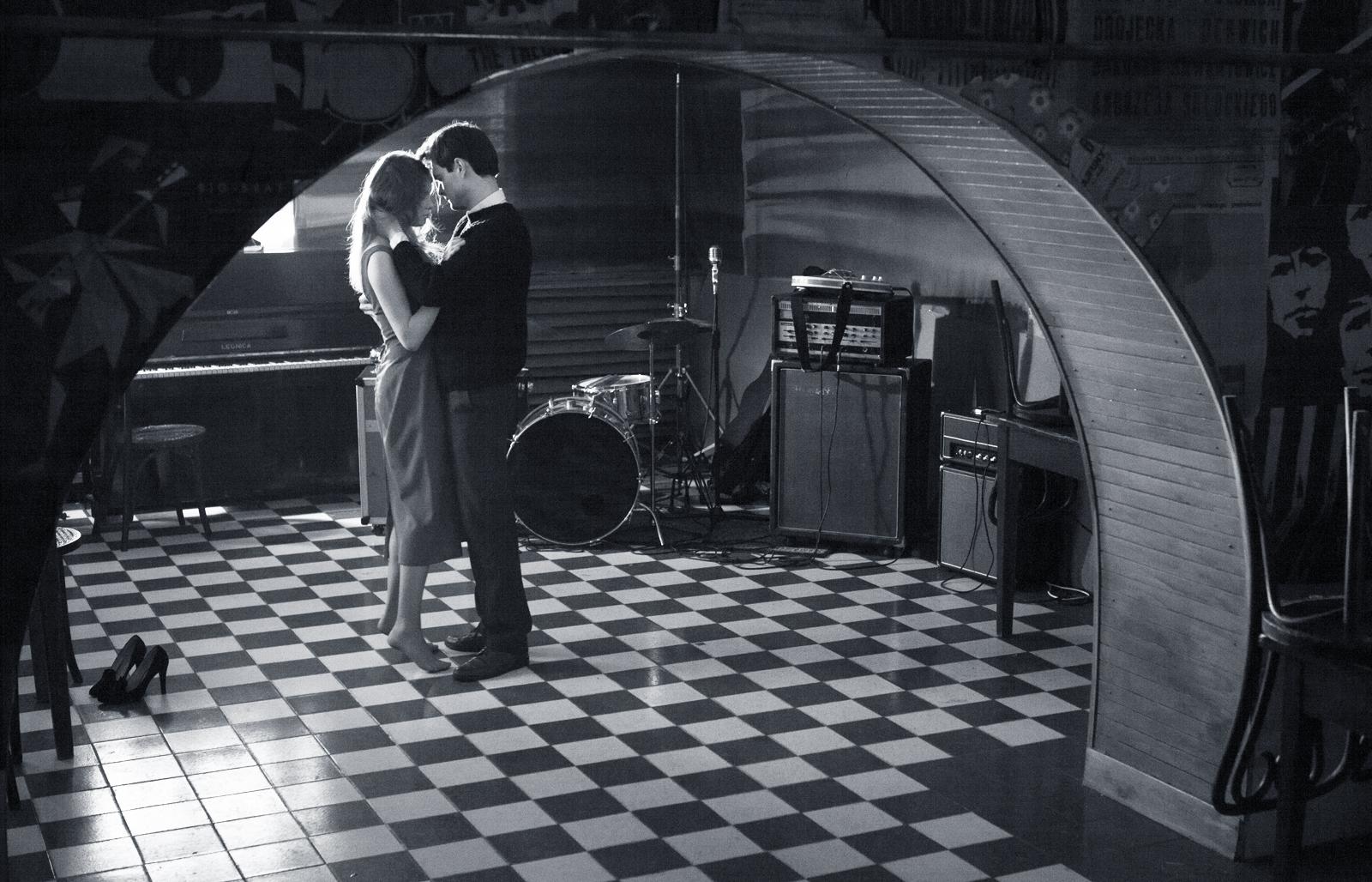
This brings us to Paweł Pawlikowski’s film form. Here, we encounter art at a high level. The atmosphere and ambiance of the past are created by black-and-white photos. The set design – locations and props – evoke the bleak early years of the Communist Poland, and the frames are precisely composed – stripped of unnecessary elements – presented to us like paintings. Close-ups are used to read emotions from the characters’ faces, capturing the nuances of their reactions – Wanda’s (Kulesza) dynamic face and Ida’s (Trzebuchowska) static one, contrasted by distant shots: landscapes where characters become fragile and isolated in the surrounding world. The shots are long, and the camera is stationary – at times, the characters disappear from view, the lens doesn’t follow them, nor tries to keep them in the center of the frame. Exceptions are travel shots, where we see the world through Ida’s eyes from a moving vehicle, or the final shot, where the camera must “back away” from the briskly walking protagonist. The film contains a lot of music and songs (Polish and international hits, either original or performed by Joanna Kulig, playing a singer, classical music, Coltrane, even the Internationale), subtly integrated into the background, part of the film’s action and simultaneously a commentary on the situation. Yet, the music doesn’t disrupt the often resounding silence. The soundtrack and silence together create various moods, states, or emotions that accompany the characters: tension, consternation, emptiness, pain, longing, desire, deep contemplation. The film is not verbose, and the dialogues are not artificial. One narrative solution puzzled me, disturbing the natural flow: [SPOILER] I’m referring to the appearance of Lis (the saxophonist) at Wanda’s funeral, leading to a significant encounter with Ida. [END SPOILER] This moment seems too improbable, unexplained in the film.
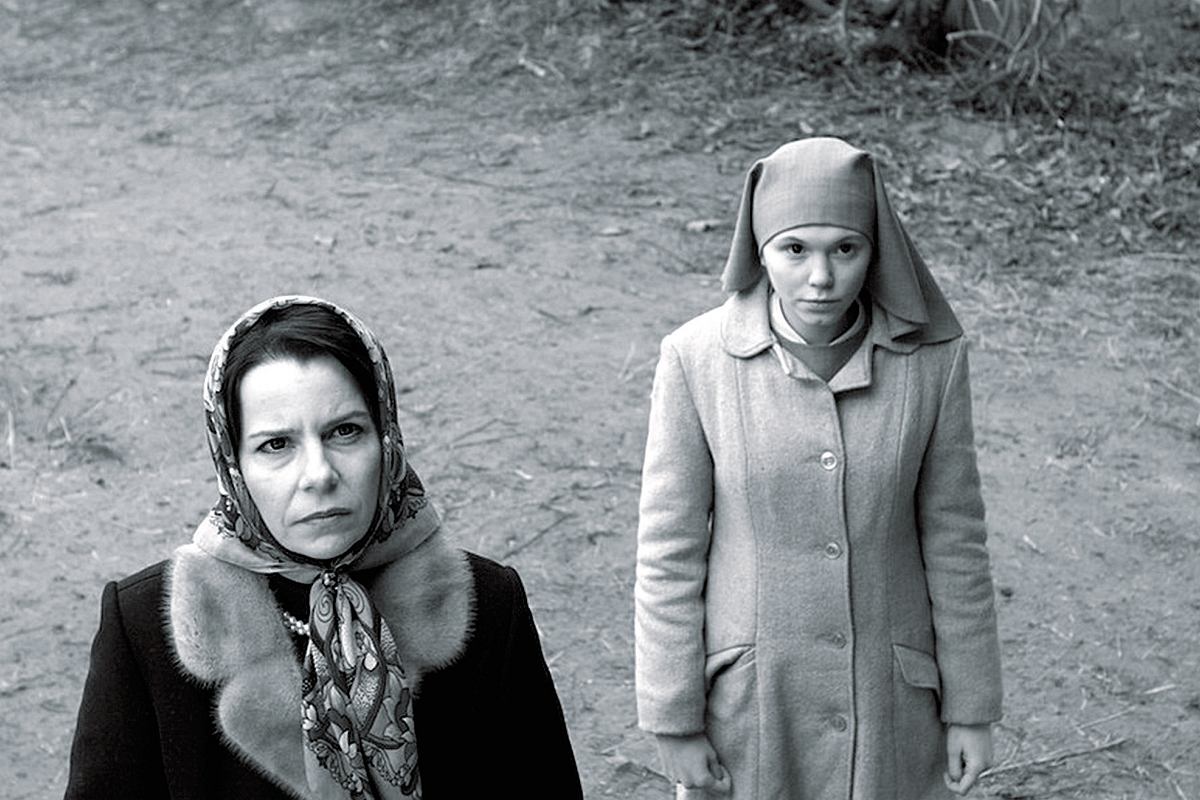
Ida wouldn’t be so successful without the excellent acting of the main duo: Agata Kulesza (Rose) as Wanda Gruz – at times interrogating “culprits,” other times caring for Ida, sometimes resourceful, sharp-tongued, funny, ironic, and other times with a great sense of defeat – and debutant Agata Trzebuchowska as the fearful, modest Ida. The supporting role of Dawid Ogrodnik (Life Feels Good) as the tempting saxophonist also fits perfectly into the film. Even the background characters, who speak only one or a few lines, are played, sound, and behave naturally.

The film’s reality is fully created and planned but simultaneously gives a sense of realism, without artificiality in the actors’ performances, gestures, and facial expressions. Even the smallest events appear realistic (a match doesn’t light on the first try, a record player takes a moment to start playing music). The film is polished, emanates calm, and is accompanied by a harmony of form, avoiding the insistence on nude scenes and the shock of cruelty. To present a coherent and complex story, less than an hour and a half suffices. Events or their consequences are presented directly, but the context and motivations of the characters must be constructed and considered by the viewer. The narrative style also includes the film’s ending, the shot of Ida marching resolutely.
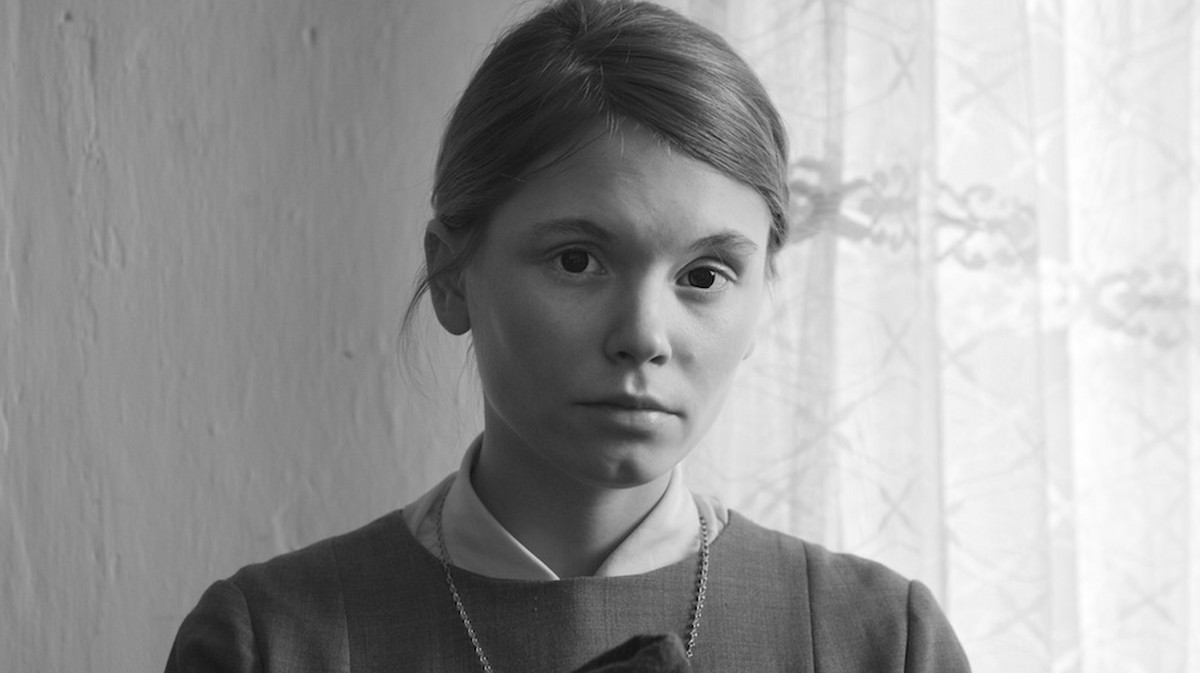
Pawlikowski’s film has been awarded an Oscar for the at festivals in Toronto and London, Warsaw Film Festival, Gdynia Film Festival and many many others.
Words by Ewelina Swieca

